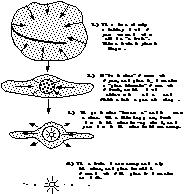This is a schematic showing the forming solar system.
Click on image for full size
C. Alexander
How the Solar System may have formed from a spinning cloud
Scientists think that the solar system formed out of a cloud of hydrogen and helium gas, which was spinning.
Because the cloud was spinning, it flattened into a frisbee shape, just like a ball of pizza dough becomes flat when a chef spins it in the air. The planets and the sun started to form after the cloud became a flat disc.
As the cloud flattened, the gaseous material inside was forced to begin changing into solid form.
These little particles of solid material were soft and sticky, and further clumped together to form larger balls of solid material whenever they touched each other, somewhat the way "silly putty" does. Eventually only a few large clumps of this material remained in the forming solar system, and they became the core of "protoplanets".
You might also be interested in:
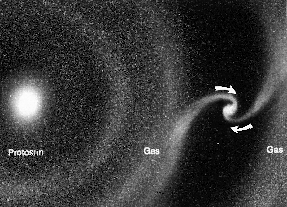
As shown in this picture, while they were forming in the solar nebula, the nucleii of the planets-to-be (called protoplanets) drew material to themselves from the cloud of gas and dust around them. The
...more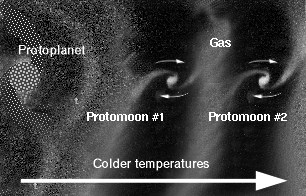
The co-formation theory explains the origin of the moon as an object which formed out of the primitive solar nebula at the same time and roughly the same place as the Earth. As shown in this picture, while
...more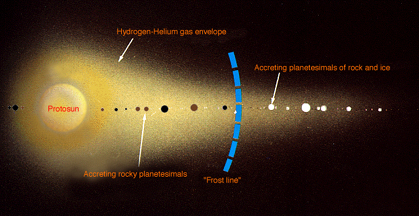
The position of the planets in the solar nebula greatly affected their 1. size and 2. composition. This is because of the effect of how cold it was in the nebula. 1. The nebula was a lot warmer close to
...more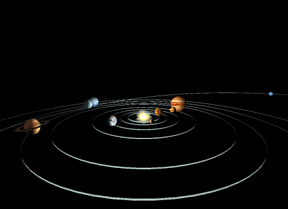
Scientists believe that the solar system was formed when a cloud of gas and dust in space was disturbed, maybe by the explosion of a nearby star (called a supernova). This explosion made waves in space
...more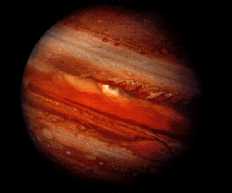
The giant planets have definitely changed since their formation. But how much remains to be seen. Most of the original air of the giant planets remains in place. (The earth-like planets lost most of their
...more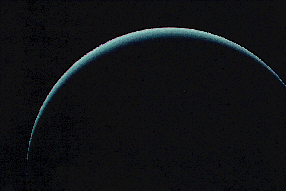
The mesosphere of Jupiter is a region of balance between warming and cooling. That essentially means that nothing happens there. Except for diffusion, the atmosphere is still. Upper reaches of the atmosphere,
...more
As on Earth, the atmosphere of Jupiter consists of a troposphere, stratosphere, mesosphere, and thermosphere. The troposphere is the region where the visible clouds are to be found. The stratosphere, as
...more


